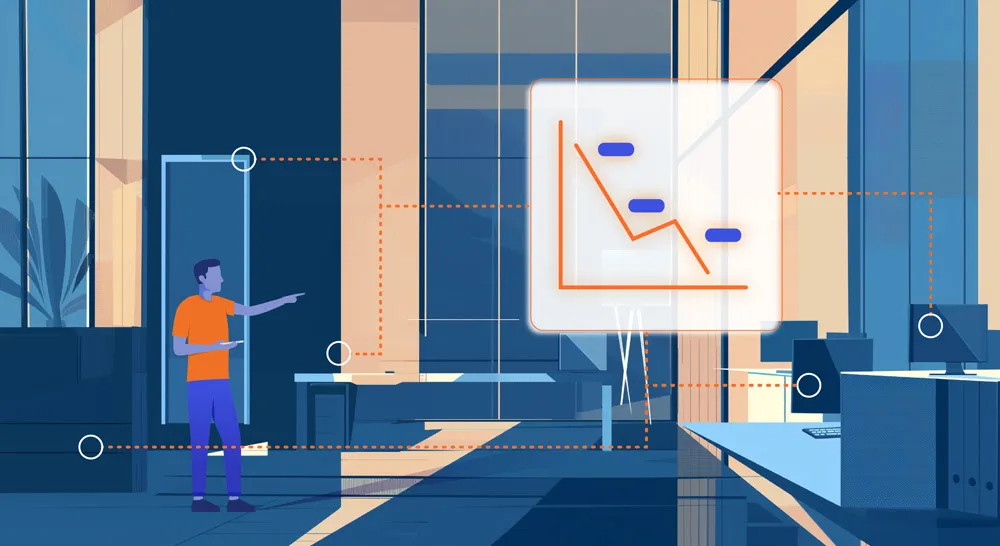
In today’s digital landscape, cyber threats pose a significant risk to organizations of all sizes. While larger corporations can afford robust security teams and sophisticated defense measures, small and lean security teams often struggle to keep up. CYPFER, a leading cybersecurity firm, understands that a cybersecurity strategy must be right sized for a company. With the correct mix of strategies and frameworks, the playing field can level out and lean security teams can effectively defend against cyber threats. Let’s explore the NIST Cyber Security Framework, its limitations, and how NIST’s missing link, the Cyber Defense Matrix, can provide a comprehensive approach to bolstering cybersecurity defenses.
The NIST Cyber Security Framework
The National Institute of Standards and Technology (NIST) Cyber Security Framework (CSF) has become a widely adopted standard for organizations looking to improve their cybersecurity posture. The framework consists of five core functions: Identify, Protect, Detect, Respond, and Recover. It provides a structured approach to assess and manage cybersecurity risks, allowing organizations to align their security efforts with business objectives.
Where the NIST CSF Falls Short
While the NIST CSF is a valuable tool, it has some limitations, particularly for lean security teams. One of the key challenges is its high-level nature, which can make it difficult for smaller teams to implement and operationalize. Additionally, the framework lacks specific guidance on tactical defense strategies and technologies, leaving organizations to figure out the details on their own. This can be overwhelming for lean security teams with limited resources and expertise.
Using NIST’s Missing Link: The Cyber Defense Matrix
Organizations can turn to the Cyber Defense Matrix to overcome the limitations of the NIST CSF and provide a more actionable approach. Developed by NIST and MITRE, the Cyber Defense Matrix offers a comprehensive framework that helps security teams understand and address different stages of the cyber attack lifecycle. It provides a more granular view of defensive measures across various categories, including Network, Endpoint, Application, Data, Identity, and Cloud.
The Cyber Defense Matrix focuses on mapping defensive techniques to specific threat vectors, enabling organizations to prioritize their defenses based on the most relevant and critical areas. By categorizing and visualizing defensive measures, lean security teams can gain a clearer understanding of their security posture and identify any gaps that need to be addressed. This allows them to allocate resources more effectively and invest in security solutions.
Practical Defense Strategies for Lean Security Teams
With the Cyber Defense Matrix as a guide, lean security teams can adopt practical defense strategies to enhance their cybersecurity defenses. Here are some key areas to consider:
1. Network Defense
Implement network segmentation, firewall rules, and intrusion detection systems (IDS) to protect against unauthorized access and lateral movement within the network.
1. Endpoint Defense
Deploy endpoint protection solutions, including antivirus software, host-based intrusion detection systems (HIDS), and software patch management tools to prevent and detect malware infections.
2. Application Defense
Conduct regular application vulnerability assessments and penetration testing to identify and remediate potential security weaknesses. Implement secure coding practices and web application firewalls (WAFs) to protect against web-based attacks.
3. Data Defense
Encrypt sensitive data both at rest and in transit. Implement access controls and data loss prevention (DLP) mechanisms to ensure data confidentiality and integrity.
4. Identity Defense
Adopt multi-factor authentication (MFA) for user accounts, enforce strong password policies, and regularly review user access privileges to mitigate the risk of unauthorized access.
5. Cloud Defense
Implement cloud security best practices, such as secure configuration management, continuous monitoring, and regular backups. Use cloud-specific security tools and services provided by the cloud service provider.
Conclusion
For lean security teams, the best defense against cyber threats lies in adopting a comprehensive approach that combines the NIST Cyber Security Framework with the Cyber Defense Matrix. While the NIST CSF provides a high-level framework for managing cybersecurity risks, the Cyber Defense Matrix offers a more tactical and actionable roadmap to bolstering defenses. CYPFER, cybersecurity experts with a robust understanding of how lean cybersecurity teams operate, help firms focus on specific defense measures across different threat vectors. By executing this strategy, lean security teams can optimize their resources, strengthen their security posture, and effectively defend against cyber threats in today’s ever-evolving digital landscape.
Your Complete Cyber Security Partner:
Every Step, Every Threat.
At CYPFER, we don’t just protect your business—we become part of it.
As an extension of your team, our sole focus is on cyber security, ensuring your peace of mind. From incident response and ransomware recovery to digital forensics and cyber risk, we integrate seamlessly with your operations. We’re with you 24×7, ready to tackle threats head-on and prevent future ones.
Choose CYPFER, and experience unmatched dedication and expertise. Trust us to keep your business secure and resilient at every turn.

Get Cyber Certainty™ Today
We’re here to keep the heartbeat of your business running, safe from the threat of cyber attacks. Wherever and whatever your circumstances.
Contact CYPFER





